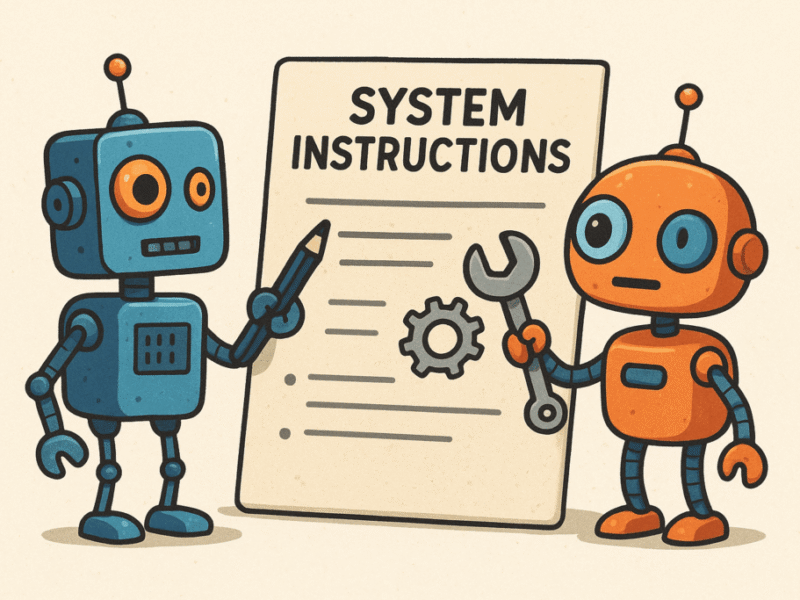By mid-2025, a range of test data systems will address various gaps. Primarily, however, they are all solving for privacy compliance while missing out on production realism. Despite high test pass rates, there are embarrassing failures in production. This is because sanitized data can’t simulate edge conditions, multi-entity logic and complex transactions for AI-driven critical workflows in apps.
According to Capgemini’s World Quality Report, up to 40% of production defects are directly attributable to inadequate or unrealistic test data, resulting in significant delays, rework, and increased costs.
The gap between ‘tested’ and ‘actual’ worsens in regulated industries where the system behaviour is always under monitoring, undermining trust and affecting audit clearance.
What to do? The AI age demands performance-grade test data. It’s a new class of TDM that produces not just compliant, clean and cohesive, contextually relevant and production-ready test data.
Why legacy tools may not be relevant
Over the years, legacy test data management has excelled in masking, subsetting, and static provisioning, aligning well with industry demand. However, they were not designed to simulate real-world behaviour. Given modern architectures born out of AI, these solutions are prone to losing referential integrity across systems, stale data and incompatibility with CI/CD. They hardly support agile test cycles, and often treat relational data in siloed systems. This makes them obsolete for API-first apps, streaming architectures and multi-cloud environments.
The New Mandate: Performance-Grade Test Data
It’s not just about populating schemas, but reflecting actual business entities in-flight: transactions, customer journeys, patient records, etc.
Platforms make this possible by generating micro-databases per entity, enabling fast, compliant, and scenario-rich testing.
The mandate from regulators is clear: it’s not enough to protect data-you must prove systems behave correctly with data that mimics production, edge cases and all. Performance-grade test data is no longer a luxury; it is a necessity. It’s a regulatory imperative.
Moving on from sanitization to simulation – Best test data management platforms
A new generation of platforms is emerging-purpose-built for performance-grade test data that’s governed, realistic, and aligned to production logic. Below is a comparative breakdown of leading platforms, highlighting how they support simulation, not just sanitization:
1. K2view – Entity-Based Micro-Databases
In addition to standard features, K2view’s Test Data Management solution achieves performance-grade depth by storing every business entity; such as a customer, policyholder, or patient; in its own logically isolated micro-database. This architecture supports real-time provisioning, ensuring each test run is fed with compliant, production-synced data that retains referential integrity.
The platform offers a standalone, all-in-one solution, complete with test data subsetting, versioning, rollback, reservation, and aging – capabilities critical to agile and regulated environments. It automates CI/CD pipelines, provisions test data on demand, and supports structured and unstructured sources, including PDFs, XML, message queues, and legacy systems.
K2view integrates intelligent data masking, PII discovery, and 200+ prebuilt masking functions customizable through a no-code interface. It also includes synthetic data generation, AI-powered logic, and rule-based governance to simulate edge cases and behavioral realism.
With self-service access, role-based controls, and deployment flexibility across on-prem or cloud, K2view aligns testing workflows with enterprise-grade privacy, performance, and traceability – and is recognized as a Visionary in Gartner’s 2024 Magic Quadrant for Data Integration.
2. Delphix – Virtualization + Masking for DevOps
Delphix, the renowned data tool, introduced a unique virtualization solution for TDM. It enabled teams to spin lightweight copies of production data on demand. The tool integrates a data masking layer that facilitates privacy compliance, followed by time-based rewind and fast-forward features. Although Delphix is a proven name for general-purpose test environments across hybrid infrastructures, it lacks entity-level simulation capabilities. So, DevOps teams that require faster test provisioning can rely on Delphix.
3. Tonic.ai – Synthetic Data for Developers
Tonic generates fake yet realistic datasets for use in testing, development, and AI pipelines. Its focus on developer-centric synthetic data makes it effective in early-stage testing, POCs and pre-production sandboxing.
In 2025, AI-driven testing solutions are expected to cover more than 60% of the overall test cases in enterprise environments. Therefore, tools like Tonic will have a significant impact. The AI TDM tool’s strength lies in its ability to understand transformation logic and schema, ensuring the generation of realistic data across sensitive domains.
However, the tool still needs to address missing cross-system lineage, cross-API referential integrity, and integration in regulated environments.
Still, a great tool for developers who have just begun test data management.
4. IBM InfoSphere Optim – Classic Masking for Enterprises
A stalwart in traditional TDM, IBM InfoSphere Optim supports large enterprises with batch-driven data masking and subsetting. It’s robust for legacy systems like mainframes and relational databases.
The traditional TDM stalwart, IBM Infosphere Optim, has a solid bedrock in handling mountainous data sets and complex landscapes for large enterprises. It excels at batch-driven masking and subsetting and is fully robust with legacy systems such as mainframes and relational databases.
5. GenRocket – Controlled Synthetic Data Generation
GenRocket operates according to user-defined rules and APIs, delivering on-the-fly synthetic data generation. It supports complex data types, system schemas and integrates perfectly into CI/CD pipelines. The key differentiator here is the ability to simulate edge cases, in high demand for regulated environments. This one is the closest to the first in terms of performance grade TDM. The synthetic data, however, needs some refinement to align with real-world entropy behaviours, thereby fully addressing the gap in AI validation.
What to do?
To stay ahead in today’s complex testing landscape, organizations must adopt a strategic approach to test data management. The following steps can help ensure your test data is both privacy-compliant and realistically aligned with production environments.
- Audit current TDM tools and processes for both privacy and realism.
- Prioritise platforms that support entity-based, scenario-rich, and production-synced test data.
- Ensure integration with CI/CD and DevOps to support agile, continuous testing.
- Regularly review regulatory requirements and update test data strategies accordingly.
It’s time to stop testing the wrong thing, perfectly.
Rather, start demanding test data that truly reflects the real world it’s meant to simulate. While current solutions suit DevOps teams seeking faster test provisioning, they often lack the fine-grained, entity-level orchestration now critical for AI-driven and regulated workflows. Embracing performance-grade test data is essential for meeting today’s complex testing demands.
;

